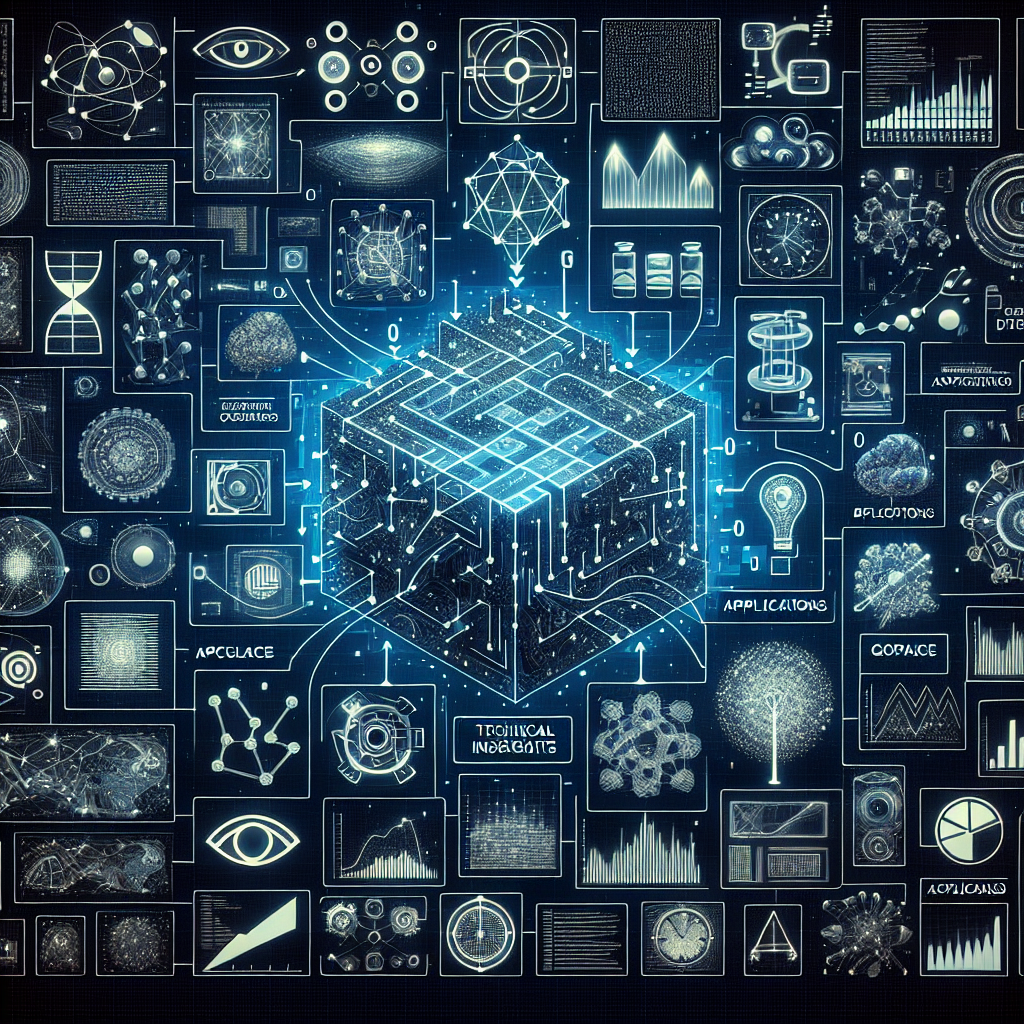Exploring Generative Adversarial Networks (GANs): Technical Insights, Applications, and Best Practices

In today's ever-evolving world of Artificial Intelligence (AI), Generative Adversarial Networks (GANs) have emerged as one of the most exciting and innovative developments. From generating realistic images to creating synthetic data for training other AI models, GANs are revolutionizing how we approach various challenges in AI. This blog post will provide an in-depth look at the technical aspects of GANs, explore their diverse applications, and outline best practices for their implementation. Whether you're an AI enthusiast or a seasoned professional, this guide will provide valuable insights into the world of GANs.
Technical Details of Generative Adversarial Networks
GANs consist of two neural networks, the generator and the discriminator, which compete against each other in a game-like setting. Here's a breakdown of the key components and mechanisms:
- Generator: The generator network creates synthetic data, such as images, by taking random noise as input and transforming it into realistic data. The goal of the generator is to produce data that is indistinguishable from real data.
- Discriminator: The discriminator network evaluates the data produced by the generator and the real data, assigning a probability that each input is real or fake. The discriminator's objective is to correctly identify real data from fake data.
- Adversarial Training: The generator and discriminator are trained simultaneously in an adversarial process. The generator seeks to fool the discriminator, while the discriminator aims to distinguish real from fake. This training continues until the generator produces highly realistic data.
- Loss Functions: The standard GAN loss functions include the binary cross-entropy loss for the discriminator and the minimax loss for the generator. However, there are various enhancements and alternative loss functions, such as Wasserstein loss, to improve training stability and convergence.
- Architectural Variants: Common GAN variants include Deep Convolutional GANs (DCGANs) for image generation, Conditional GANs (CGANs) that allow control over the generated content, and StyleGANs that achieve high-resolution image synthesis with fine-grained control over style and features.
Applications of GANs
GANs have a wide range of applications across multiple domains, showcasing their versatility and potential:
1. Image Generation and Enhancement
GANs are widely used for generating realistic images, enhancing image quality, and even transforming images from one domain to another. For instance, Nvidia's StyleGAN can generate high-resolution images of human faces that are indistinguishable from real photos. Furthermore, GANs are employed for image super-resolution, where low-resolution images are converted into high-resolution counterparts, enhancing details and clarity.
2. Data Augmentation for Machine Learning
GANs can generate synthetic data to augment training datasets, especially in scenarios where labeled data is scarce. This is highly beneficial in fields like medical imaging, where acquiring large amounts of annotated data is challenging. By generating synthetic images of medical conditions, GANs help in improving the performance of diagnostic algorithms.
3. Text-to-Image Synthesis
Text-to-image GANs, like AttnGAN, enable the synthesis of images from textual descriptions. This capability is valuable in applications such as generating visual content for storybooks, creating artwork based on textual prompts, and even assisting in design tasks where visualizing textual ideas is critical.
4. Video Generation and Prediction
GANs are also applied in video generation and prediction tasks. For example, GANs can generate realistic video sequences from single images or predict future frames in video data. This has implications in areas such as video compression, virtual reality, and autonomous driving, where understanding and predicting dynamic scenes are essential.
5. Art and Creativity
Artists and designers are leveraging GANs to create innovative artworks, music, and other forms of creative content. Projects like DeepArt and AICAN use GANs to produce artwork that combines styles from various artists, pushing the boundaries of human and machine collaboration in the creative process.
Best Practices for Implementing GANs
Implementing GANs can be challenging due to issues such as training instability and mode collapse. Here are some best practices to consider:
1. Use Architectural Guidelines
Follow established architectural guidelines for designing GANs, such as using deep convolutional networks, batch normalization, and carefully chosen activation functions (e.g., Leaky ReLU). References to seminal papers like “Unsupervised Representation Learning with Deep Convolutional Generative Adversarial Networks” by Radford et al. can provide valuable insights.
2. Implement Advanced Loss Functions
Experiment with advanced loss functions like Wasserstein loss with gradient penalty (WGAN-GP) or least squares loss to improve training stability and convergence. These loss functions address common issues in GAN training, such as the vanishing gradient problem.
3. Monitor Training Progress
Regularly monitor and visualize the training progress of both the generator and discriminator. Use techniques like inception score, Frechet Inception Distance (FID), and visual inspections of generated samples to assess the quality and diversity of generated data.
4. Data Preprocessing and Augmentation
Properly preprocess and augment your training data to ensure its diversity and quality. Techniques like random cropping, flipping, and color jittering can improve the robustness of GANs and their ability to generalize to new samples.
5. Experiment with Hyperparameters
Fine-tuning hyperparameters, such as learning rates, batch sizes, and optimization algorithms (Adam, RMSProp), can significantly impact the performance of GANs. Conduct systematic experiments to identify optimal hyperparameter settings for your specific task.
6. Use Pre-trained Models as Baselines
Leverage pre-trained GAN models and frameworks, such as Nvidia's StyleGAN or Google's BigGAN, as baselines for your experiments. Fine-tuning these models on your dataset can expedite development and achieve better performance.
Conclusion
Generative Adversarial Networks (GANs) are reshaping the landscape of AI, enabling the creation of realistic synthetic data and unlocking new possibilities in various fields. By understanding the technical intricacies, exploring diverse applications, and following best practices, practitioners can harness the full potential of GANs. As AI research continues to advance, staying updated with the latest developments and continuously refining your models will be key to success.
Have you worked with GANs in your projects? Share your experiences and insights in the comments below, and join the conversation!



